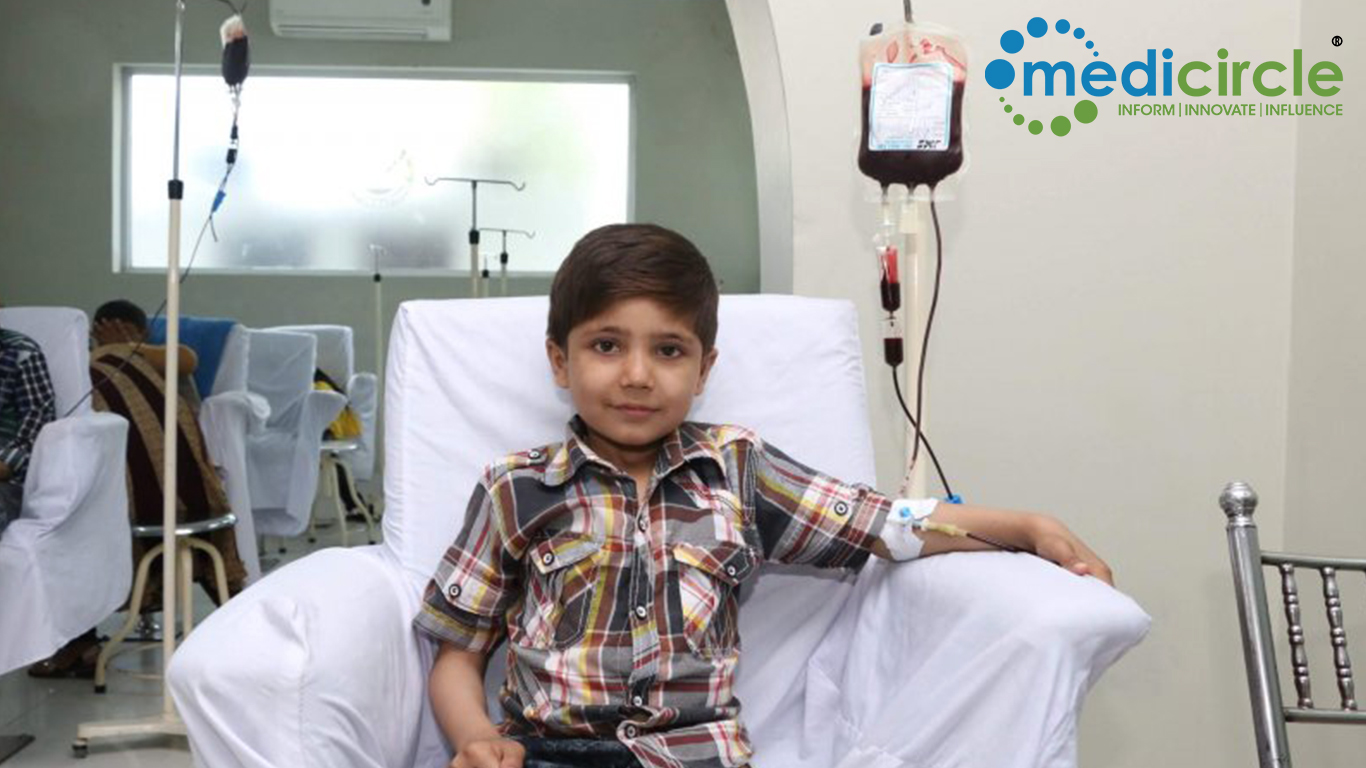Owners of a dog with diabetes are more likely to develop type 2 diabetes themselves than owners of a dog without diabetes, finds a study published in the Christmas issue of The BMJ.
No shared risk of diabetes was found between cat owners and their pets.
The findings support the view that dog owners and their pets might share certain health behaviours, such as physical activity level.
Worldwide, more than 400 million people have type 2 diabetes and this is set to increase in the coming decades, partly due to the population ageing, and by shifts in lifestyle behaviours and obesity rates.
Some studies have suggested a link between adiposity (being severely overweight or obese) in dog owners and their pets, suggesting that the two might share health behaviours such as activity level. But no study has investigated shared diabetes risk in dog and cat owners and their pets.
To address this knowledge gap, researchers based in Sweden and the UK set out to investigate.
Using veterinary care insurance data, they identified 208,980 owner-dog pairs (175,214 owners and 132,783 dogs) and 123,566 owner-cat pairs (89,944 owners and 84,143 cats) from 1 January 2004 to 31 December 2006.
This information was linked to Swedish health and drug registers to identify cases of type 2 diabetes in dog and cat owners and cases of diabetes in their pets over a six-year follow-up period (1 January 2007 to 31 December 2012).
A range of potentially influential factors was taken into account. These included personal and socioeconomic circumstances of the dog owners, such as age, sex, the region of residence, marital status, education level, and income, and age, sex and breed of pet.
The rate of type 2 diabetes during follow-up was 7.7 cases per 1000 person-years at risk in dog owners and 7.9 cases per 1000 person-years at risk in cat owners.
The rate of diabetes in the pets was 1.3 cases per 1000 dog years at risk and 2.2 cases per 1000 cat years at risk.
Compared with owning a dog without diabetes, owning a dog with diabetes was associated with a 38% increased risk of type 2 diabetes. This estimate did not change noticeably after adjusting for other risk factors.
The risk of developing diabetes was also 28% higher in dogs with an owner who had type 2 diabetes compared with dogs with an owner who did not have type 2 diabetes. This estimate, however, was reduced after adjusting for age of the owner.
No association was found between type 2 diabetes in cats and their owners.
Possible explanations for these findings include shared lifestyle behaviours, such as physical activity levels and dietary habits between dog owners and their dogs that affect the risk of diabetes, say the researchers. Lower concordance between the cat owner and cat physical activity could help explain the absence of shared diabetes risk in owner-cat pairs.
This is an observational study, so can’t establish cause, and the team were unable to assess diet and physical activity level as underlying causes of the associations. The results are also limited to pet owners who had the financial means to take out veterinary insurance and who received drug treatment for their diabetes.
Nevertheless, the researchers say this was a robust study showing that owning a dog with diabetes was associated with an increased risk of type 2 diabetes in the owner, which could not be explained by personal and socioeconomic circumstances of the dog owners.
It is possible, therefore, that dogs with diabetes “could serve as a sentinel for shared diabetogenic health behaviours and environmental exposures,” they conclude.

 But no shared risk was found between cat owners and their pets
But no shared risk was found between cat owners and their pets






















.jpg)











